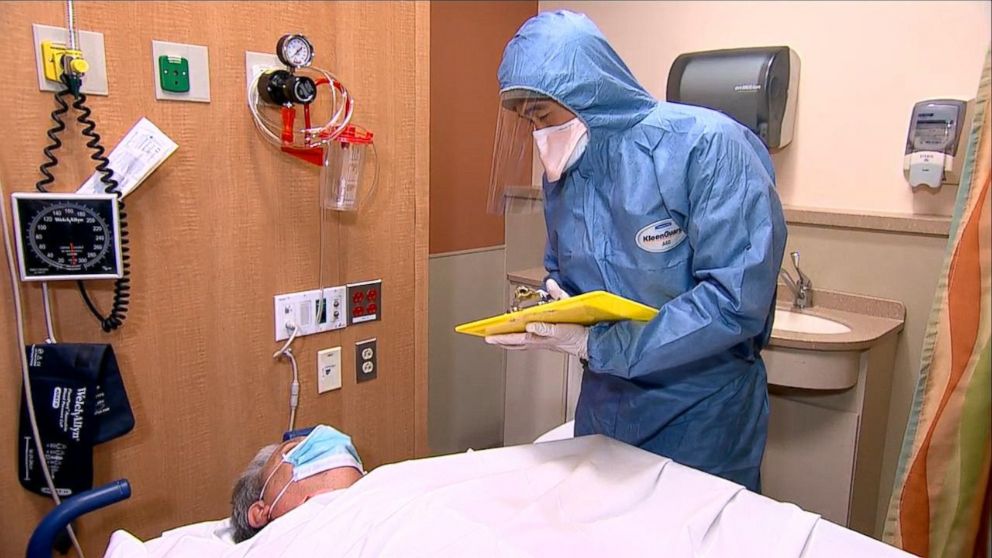The current Ebola flare-up has been depicted as the biggest in history and the first of its sort in West Africa. The affected areas include Zaire, Sudan, Ivory Coast, and Bundibugyo.
Ebola hemorrhagic fever affects animals and humans and can be transmitted between the two. Transmission is primarily through body liquids, entering open skin or mucous membranes. Ebola infection harms the body’s significant organs and frequently causes blood thickening. It is a lethal illness without treatment.
The current FDA endorsed antiviral medications are ineffective against Ebola infection. Thus, the transmission rate of Ebola contamination is up to 95%. Specialists have seen a continuous change in the hereditary make up of Ebola infection between 2014 and 2024, as it switches human hosts. The current episode has been linked to animal to human transmission in Central Africa, with human-to-human spread to West Africa.
One of the medical caretakers who took care of the dead has recently been determined to have Ebola disease, and is in critical condition. That is the reason why people need High Level PPE For Ebola.
The National Institute of Health (NIH) has cautioned the US Congress about the Ebola outbreak and global Ebola disease preventative measures. A few administrators call for the limitation of inbound departures from Liberia, Sierra Leone, or Guinea. Notwithstanding, the US Congress is yet to discuss these measures.
The US Congress has endorsed the mandatory screening of all travelers from West Africa for high fever and varying side effects at global flight terminals. All travelers entering the US with symptoms of Ebola disease should be seen in isolation for a predefined period before entering the country.
If Ebola side effects are introduced after guests have entered the US, those they have come into contact with should also be observed in confinement; an exceptionally equipped CDC group also effectively sanitizes their hosts’ homes. A similar precautionary measure was taken for the main US patient determined to have Ebola hemorrhagic fever in Texas. Contact with potential Ebola patients should be avoided without sufficient personal protective equipment.
A 100-billion-dollar effort for the influenced nations has also been endorsed by US congress, alongside more than 1,000 military staff to assist with Ebola outbreak regulation efforts. An Ebola Response Team has also been set up in the US by the Center for Disease Control to provide aid if Ebola is confirmed in any part of the country. The group assists with patient administration and transportation as well as management of appropriate PPE use for those treating affected individuals throughout transportation and treatment.
New immunization testing on US Ebola patients brought back from West Africa gives a humble desire to determine the rate of Ebola disease transmission. Ebola infection isn’t airborne, so there is no alarm among unexposed people who have made no immediate contact with contaminated patients. Ebola infection produces symptoms after as long as 21 days.
The side effects of Ebola hemorrhagic fever include fever of up to 103°F, influenza-like symptoms, stomach pain, general body aches, muscle weakness, loss of appetite, diarrhea, vomiting, anxiety, migraines, skin rashes, sore throat, and gastrointestinal damage. In serious cases, unconsciousness and passing out may occur.
The virus affects the blood, liver, kidneys, and other major organs, including the nervous system. Harmful pyrogens upset the hypothalamic thermoregulatory system, permitting the internal heat level to reach to 103°F.







